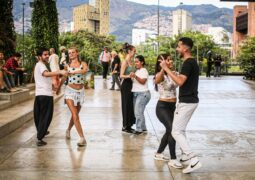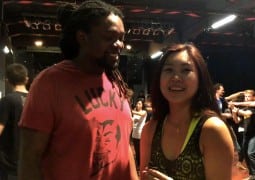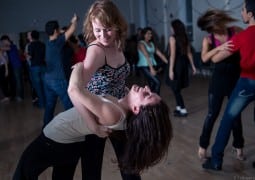Jessica Carro Interviews Darius & Laura at I’M ZOUK 2015
Interview
2,724 views
Zoukology interviews Darius and Laura.
About: Jessica Carro
- Previous Music: Paulo Mac Releases New Track – Toda Noite
- Next 20 Reasons Why Zouk Is Better Than Sex
You may also like...
Sorry - Comments are closed







